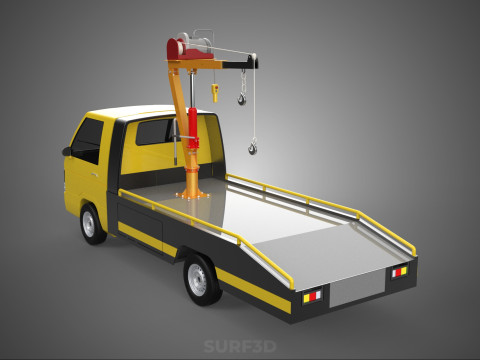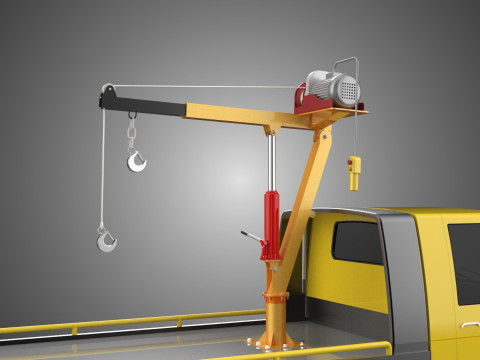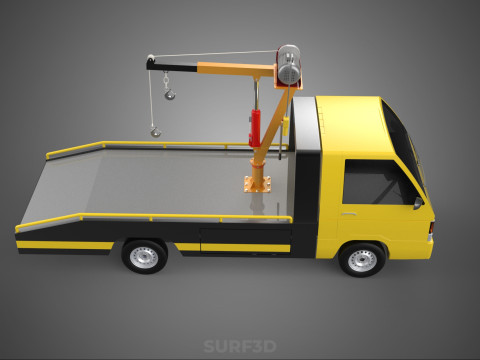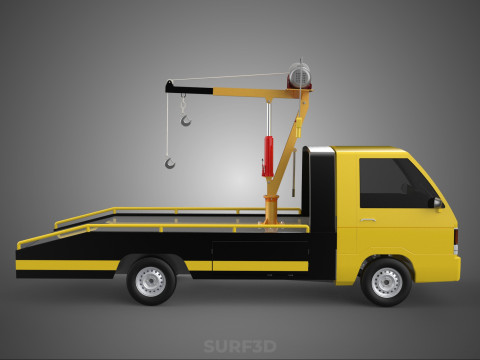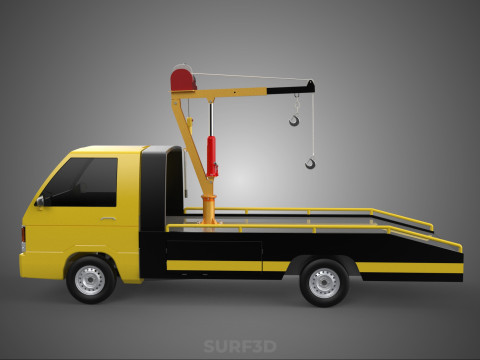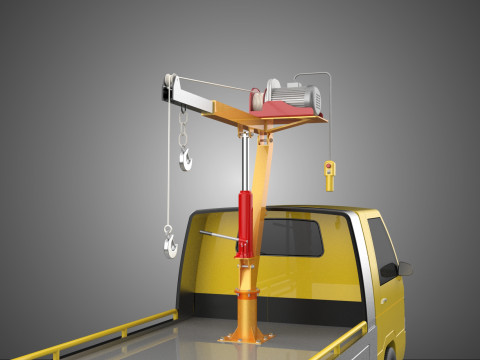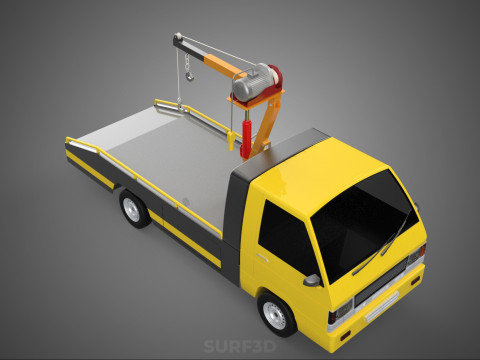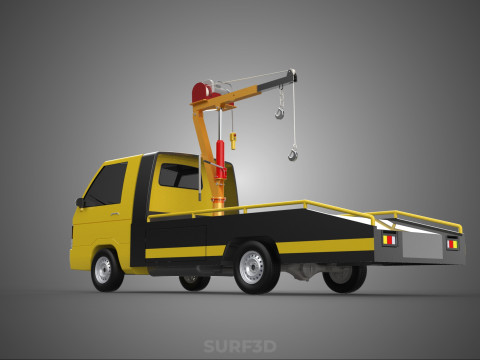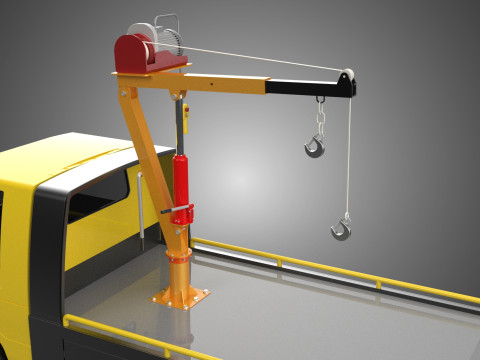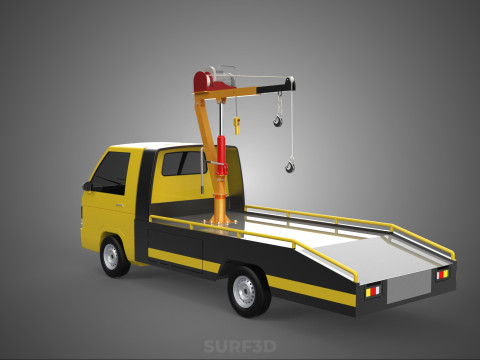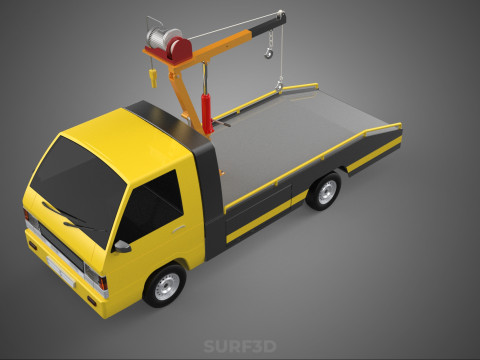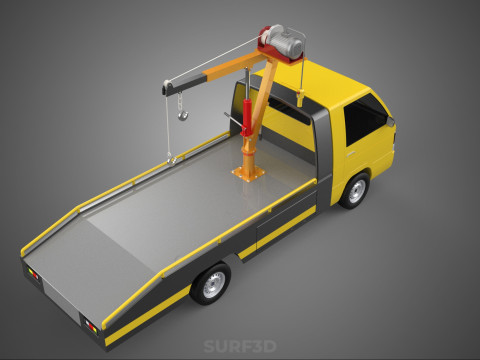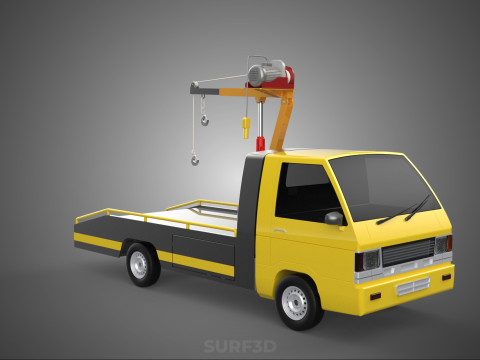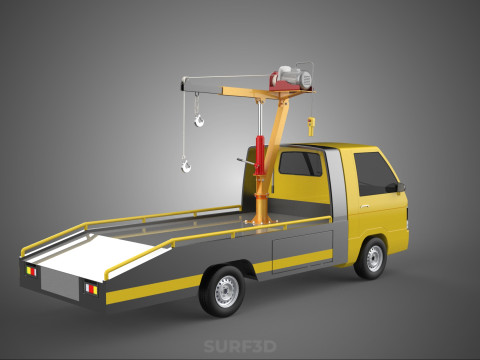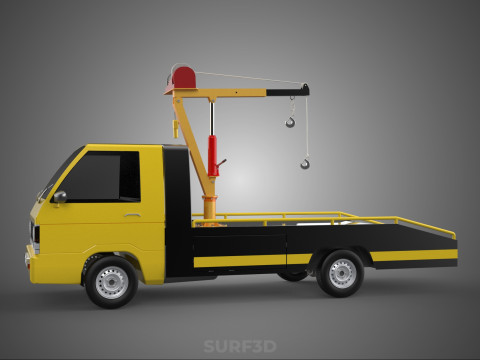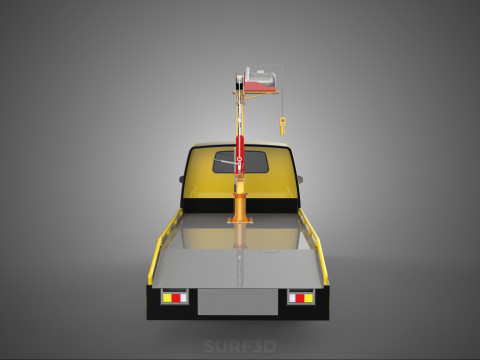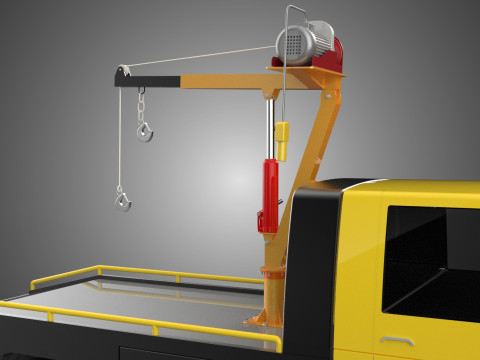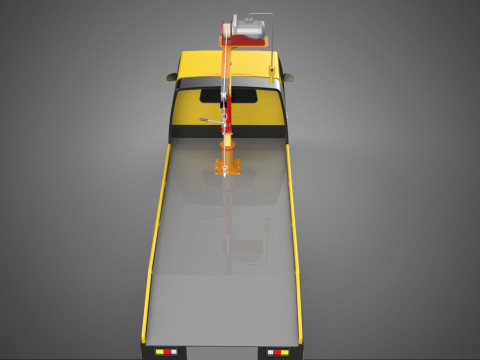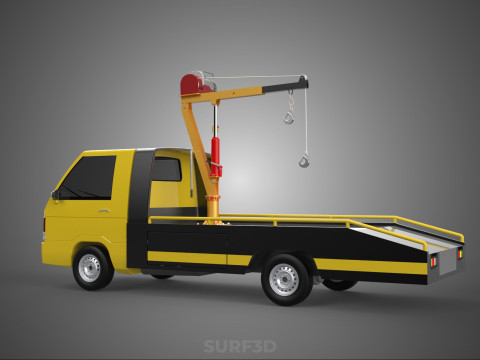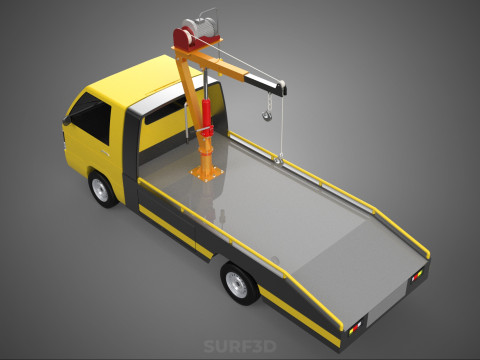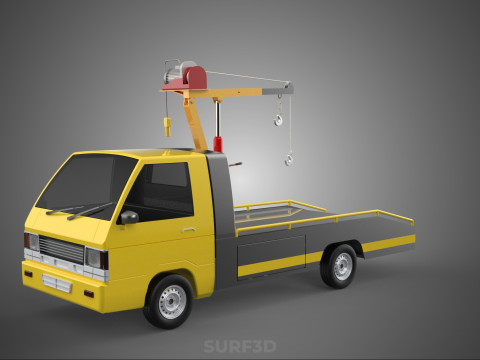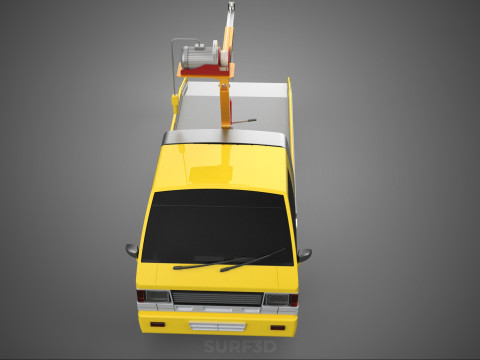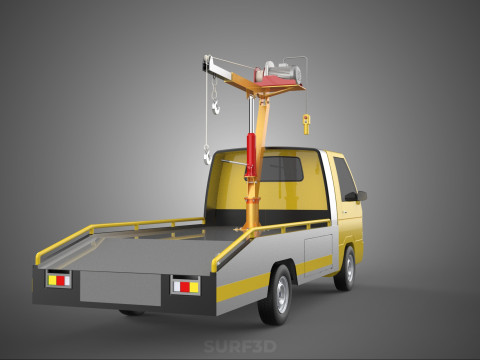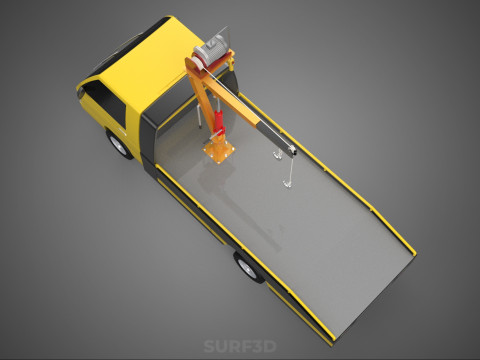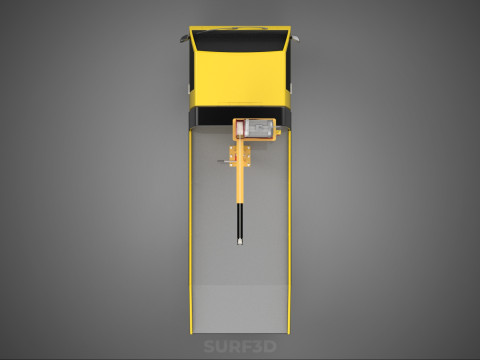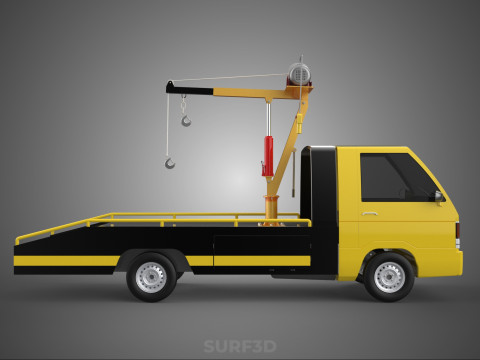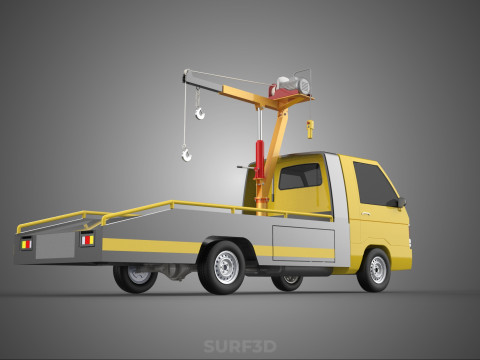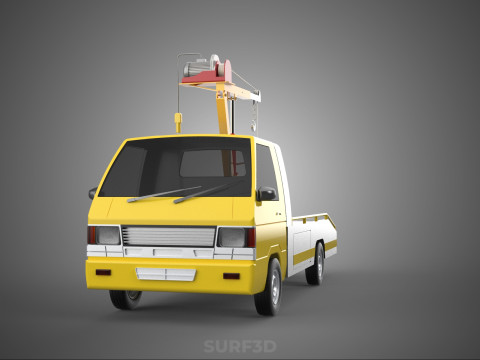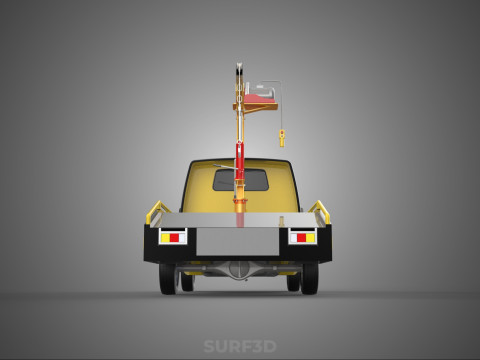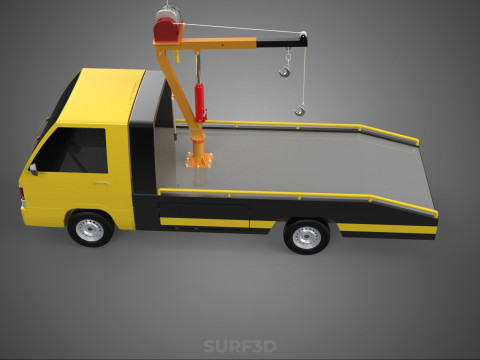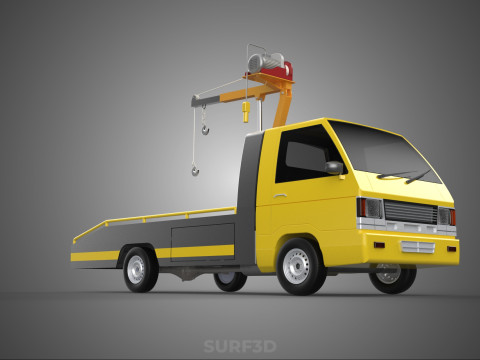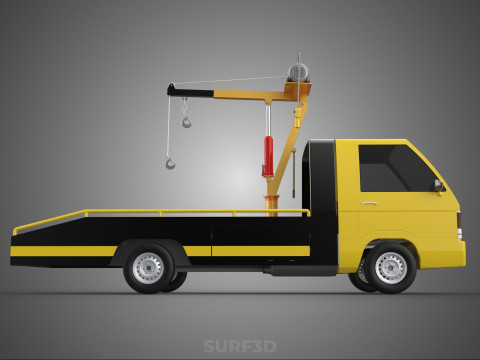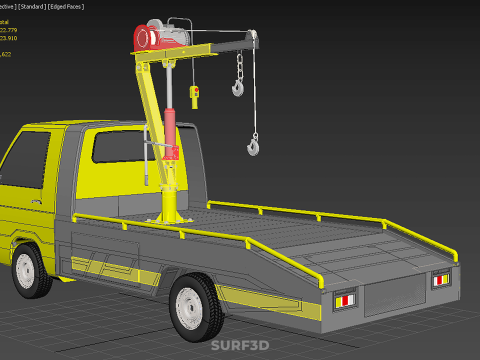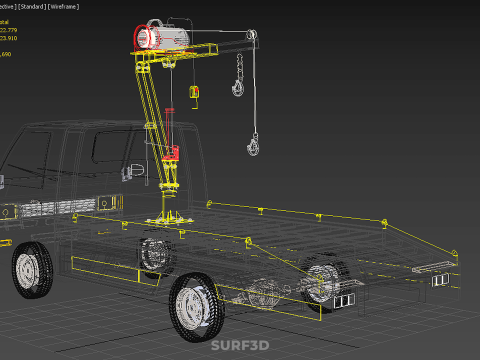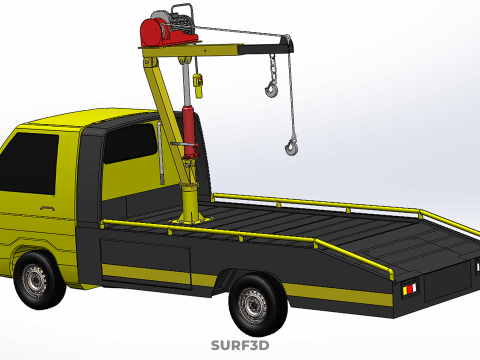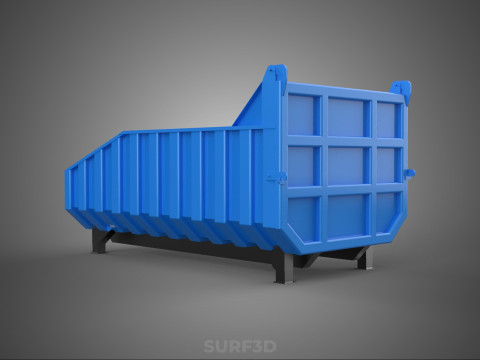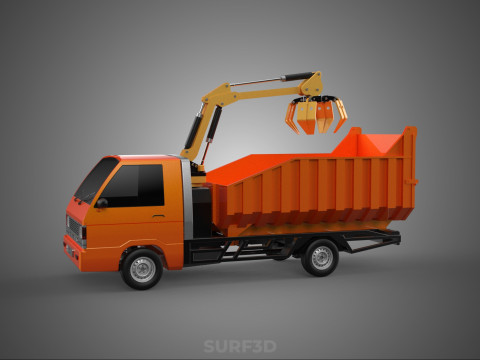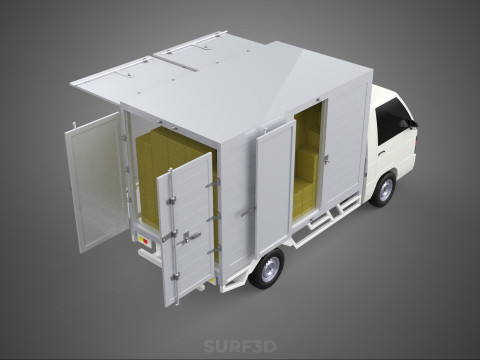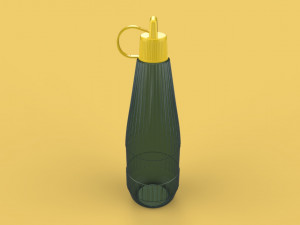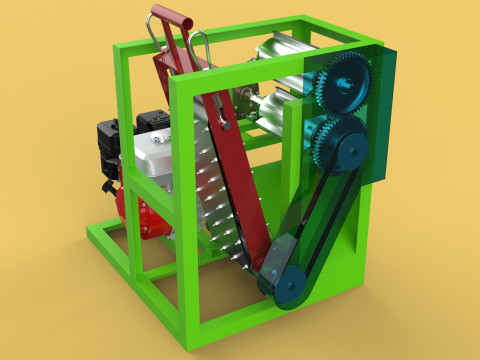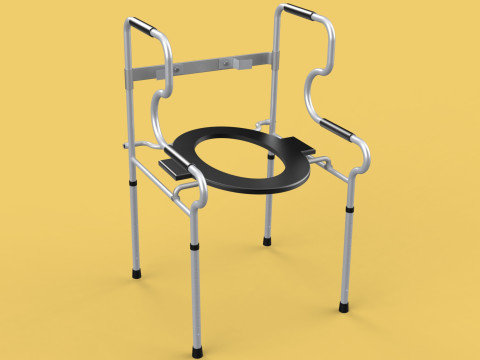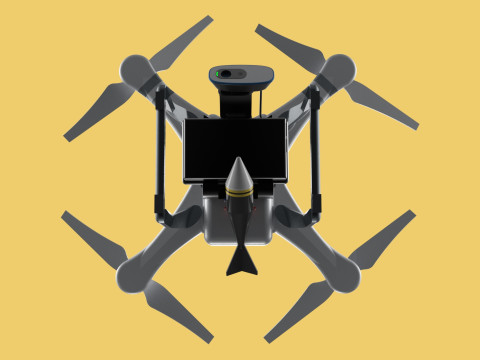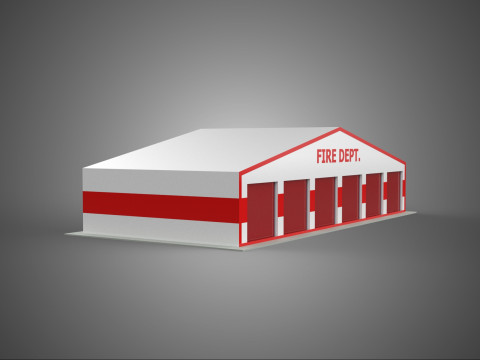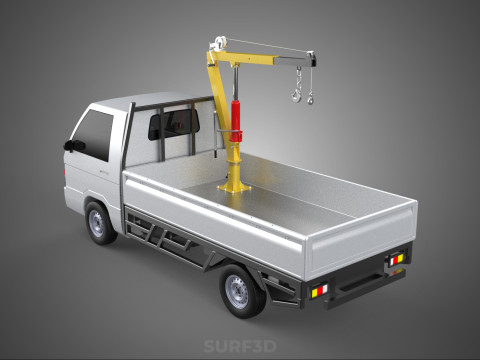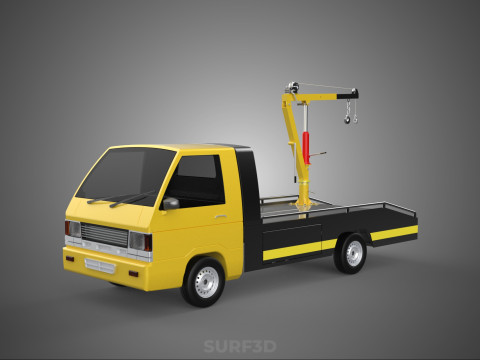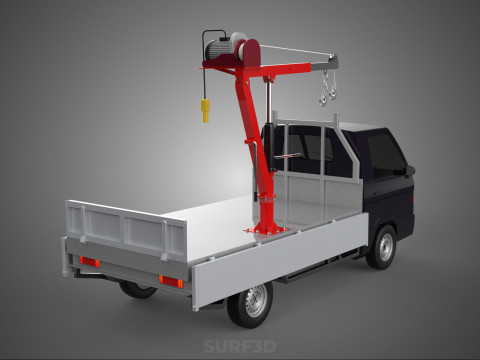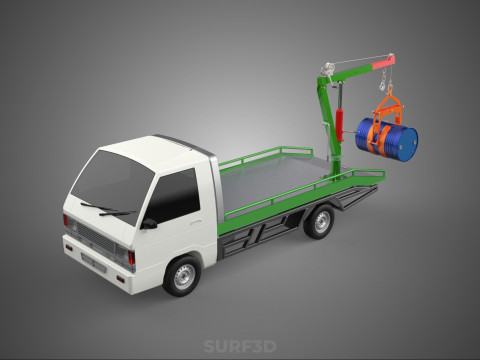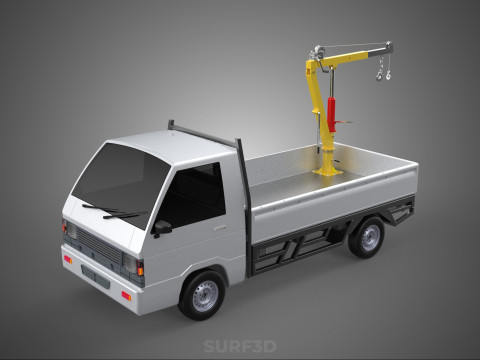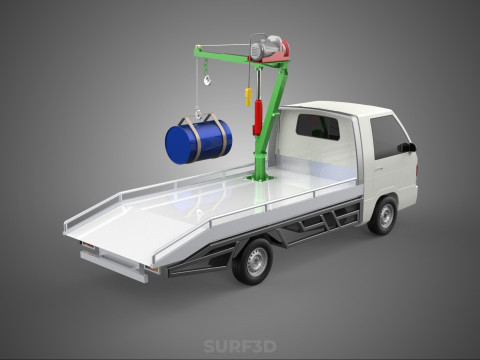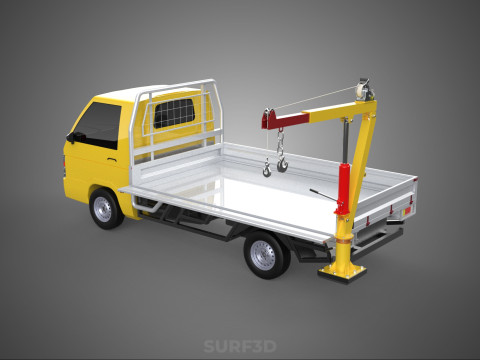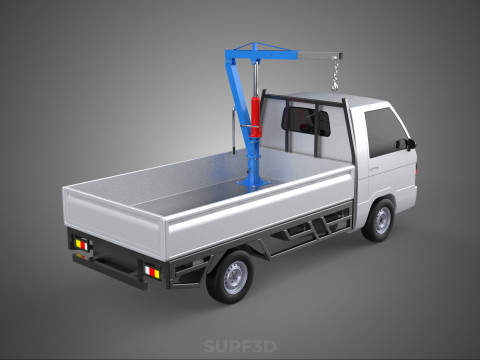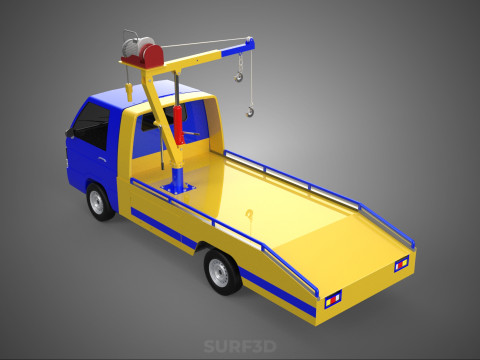ELECTRIC WINCH HOIST HYDRAULIC CRANE TRUCK PICKUP CAR VEHICLE UP 3D Model
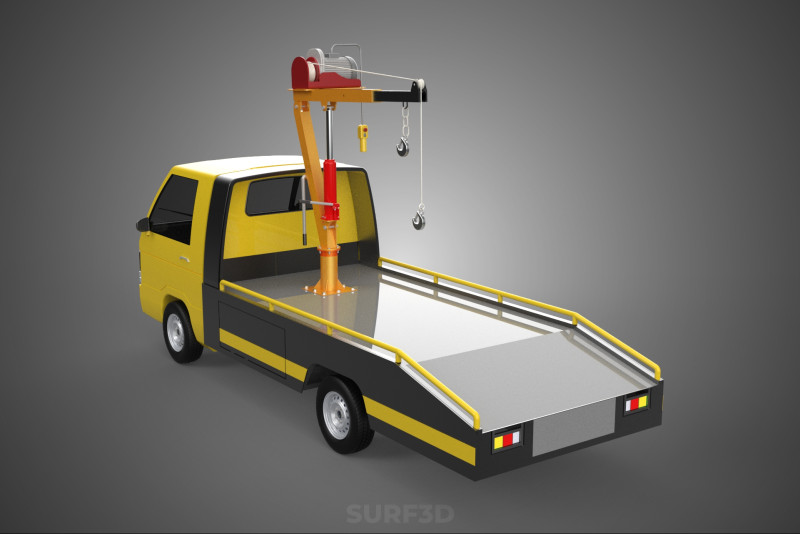
- Request product support by the author
- Available formats:
- Item ID:592537
- Date: 2025-08-14
- Polygons:522779
- Vertices:423910
- Animated:No
- Textured:No
- Rigged:No
- Materials:
- Low-poly:No
- Collection:No
- UVW mapping:No
- Plugins Used:No
- Print Ready:No
- 3D Scan:No
- Adult content:No
- PBR:No
- AI Training:No
- Geometry:Poly NURBS
- Unwrapped UVs:Unknown
- Views:327
Description
High-quality 3D assets at affordable prices — trusted by designers, engineers, and creators worldwide. Made with care to be versatile, accessible, and ready for your pipeline.
Included File Formats
This model is provided in 14 widely supported formats, ensuring maximum compatibility:
• - FBX (.fbx) – Standard format for most 3D software and pipelines
• - OBJ + MTL (.obj, .mtl) – Wavefront format, widely used and compatible
• - STL (.stl) – Exported mesh geometry; may be suitable for 3D printing with adjustments
• - STEP (.step, .stp) – CAD format using NURBS surfaces
• - IGES (.iges, .igs) – Common format for CAD/CAM and engineering workflows (NURBS)
• - SAT (.sat) – ACIS solid model format (NURBS)
• - DAE (.dae) – Collada format for 3D applications and animations
• - glTF (.glb) – Modern, lightweight format for web, AR, and real-time engines
• - 3DS (.3ds) – Legacy format with broad software support
• - 3ds Max (.max) – Provided for 3ds Max users
• - Blender (.blend) – Provided for Blender users
• - SketchUp (.skp) – Compatible with all SketchUp versions
• - AutoCAD (.dwg) – Suitable for technical and architectural workflows
• - Rhino (.3dm) – Provided for Rhino users
Model Info
• - All files are checked and tested for integrity and correct content
• - Geometry uses real-world scale; model resolution varies depending on the product (high or low poly)
• • - Scene setup and mesh structure may vary depending on model complexity
• - Rendered using Luxion KeyShot
• - Affordable price with professional detailing
Buy with confidence. Quality and compatibility guaranteed.
If you have any questions about the file formats, feel free to send us a message — we're happy to assist you!
Sincerely,
SURF3D
Trusted source for professional and affordable 3D models.
More Information About 3D Model :
The system described as an "ELECTRIC WINCH HOIST AT HYDRAULIC CRANE ON A TRUCK PICKUP TO LIFT THE CAR VEHICLE" represents a highly versatile and mobile lifting apparatus primarily designed for the retrieval, transport, or repositioning of light- to medium-weight vehicles. This integrated assembly leverages the maneuverability of a light commercial vehicle with the lifting capabilities of specialized equipment, making it invaluable for a range of applications.
**System Overview:**
This configuration typically comprises three principal components: a standard truck pickup serving as the mobile platform, a hydraulic crane mounted onto the pickup's chassis, and an electric winch hoist integrated with or affixed to the crane's boom. The primary function of this consolidated unit is the safe and efficient vertical elevation and lateral displacement of passenger cars, light trucks, or similar vehicles.
**Core Components and Functionality:**
1. **Truck Pickup (Mobile Platform):**
The foundation of this mobile lifting system is a robust truck pickup, often a ¾-ton or 1-ton model, chosen for its chassis strength, relatively compact dimensions, and suitability for various terrains. The truck provides the necessary mobility to transport the lifting apparatus to diverse locations, from roadside emergencies to industrial sites. Its engine serves as the power source, either directly for the vehicle's electrical system (which powers the winch) or via a Power Take-Off (PTO) unit to drive a hydraulic pump for the crane. The truck's stability, often augmented by outriggers or stabilizers, is critical during lifting operations.
2. **Hydraulic Crane (Boom or Articulating Crane):**
Mounted typically behind the cab or at the rear of the pickup bed, the hydraulic crane is the structural component that provides reach, articulation, and stability for the lifting operation. These cranes are usually of the articulating (******* boom) or telescopic (straight boom) type, offering various degrees of freedom for precise load positioning. Powered by the truck's hydraulic system (derived from the engine's PTO), the crane's hydraulic cylinders control the boom's extension, retraction, elevation, and slewing (rotation). Its primary role is to position the winch's hook over the target load and provide the necessary structural support and leverage during the lift. For vehicle lifting, specific crane designs might incorporate features such as a wheel lift or under-reach mechanism.
3. **Electric Winch Hoist:**
The electric winch hoist is the active lifting mechanism. It is typically mounted on the crane's boom or mast structure. This device consists of an electric motor, a gear reduction system, a winding drum, and a high-strength steel cable (or synthetic rope) terminated with a hook or other attachment point. Powered by the truck's 12V or 24V electrical system, the electric motor drives the drum to spool in or out the cable, thereby raising or lowering the attached load. Electric winches are favored for their simplicity, relatively quiet operation, and ability to operate independently of the truck's engine running at full power, making them suitable for intermittent or precise lifting tasks. They are often equipped with automatic braking mechanisms to securely hold the load in position.
4. **Load Interface (Car Vehicle):**
The "car vehicle" represents the target load. To safely lift a vehicle, specialized attachments are crucial. These may include a set of lifting slings, chains, or J-hooks designed to engage with the vehicle's frame, axles, or dedicated lifting points. For complex recovery scenarios, a wheel lift attachment might be integrated, which cradles the vehicle's wheels to prevent damage during towing or repositioning.
**Operational Principles:**
The process involves positioning the truck close to the vehicle to be lifted. Stabilizers are deployed to ensure the truck's stability. The hydraulic crane is then manipulated to extend its boom and position the electric winch's hook directly above the vehicle's designated lifting points. Once the vehicle is securely attached via appropriate rigging, the electric winch hoist is activated to incrementally lift the vehicle off the ground. The crane can then be slewed or retracted to move the vehicle to a desired location (e.g., onto the pickup bed for transport or onto a flatbed trailer). Lowering is performed by reversing the winch's operation, often with controlled descent capabilities.
**Applications:**
This integrated system finds extensive application in:
* **Roadside Assistance and Vehicle Recovery:** Lifting disabled or damaged vehicles for transport to repair facilities.
* **Automotive Service and Repair:** Repositioning vehicles within a garage or workshop.
* **Light Construction and Utility Work:** While primarily for vehicles, the setup can also lift other heavy objects within its capacity.
* **Private and Agricultural Use:** For personal vehicle maintenance or moving equipment.
**Advantages:**
The primary advantages include high mobility, versatility in diverse environments, relative cost-effectiveness compared to dedicated tow trucks or larger cranes for lighter loads, and the ability to perform precise lifting operations with electric power.
**Safety Considerations:**
Operation of such a system necessitates strict adherence to safety protocols. Critical factors include understanding the crane's load charts and stability limits, proper deployment of outriggers, ensuring secure load attachment, and maintaining clear communication during tandem operations. Regular maintenance of the truck, hydraulic system, and electric winch is paramount to ensure operational reliability and prevent mechanical failure. Operator training and certification are essential for safe and efficient use.
KEYWORDS: Electric winch, hydraulic crane, truck pickup, vehicle lift, car recovery, mobile crane, hoist system, automotive transport, roadside assistance, boom crane, articulating crane, PTO (Power Take-Off), lifting equipment, material handling, utility truck, light-duty crane, vehicle towing, rescue operations, load capacity, stability, safety engineering, mechanical advantage, electrical system, hydraulic system, specialized vehicle, industrial equipment, construction machinery, maintenance vehicle, rescue vehicle, multi-purpose vehicle.
Need more formats?
If you need a different format, please send us a Conversion Request. We can convert 3D models to: .stl, .c4d, .obj, .fbx, .ma/.mb, .3ds, .3dm, .dxf/.dwg, .max. .blend, .skp, .glb. Free Format ConversionWe do not convert 3d scenes and solid formats such as .step, .iges, .stp, .sldprt etc!
Usage Information
ELECTRIC WINCH HOIST HYDRAULIC CRANE TRUCK PICKUP CAR VEHICLE UP - You can use this royalty-free 3D model for both personal and commercial purposes in accordance with the Basic or Extended License.The Basic License covers most standard use cases, including digital advertisements, design and visualization projects, business social media accounts, native apps, web apps, video games, and physical or digital end products (both free and sold).
The Extended License includes all rights granted under the Basic License, with no usage limitations, and allows the 3D model to be used in unlimited commercial projects under Royalty-Free terms.
Read more


 English
English Español
Español Deutsch
Deutsch 日本語
日本語 Polska
Polska Français
Français 中國
中國 한국의
한국의 Українська
Українська Italiano
Italiano Nederlands
Nederlands Türkçe
Türkçe Português
Português Bahasa Indonesia
Bahasa Indonesia Русский
Русский हिंदी
हिंदी